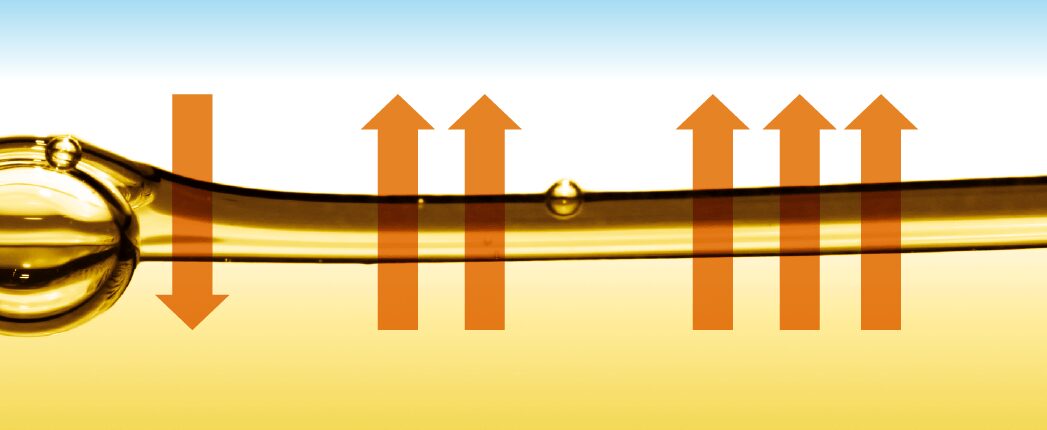
Base Oils Prices
Base Oils Prices – After a long, large run-up from the spring of 2020, base oil prices in Europe began retreating since summer, indicating that supply is catching up with demand following the disruption of COVID-19.
But API Group I prices have fallen much faster than Group II or Group III, and an analyst from Argus Media told an industry conference recently that prices for the three categories will be less tethered going forward and based more on their own supply fundamentals.
“Supply fundamentals are likely to remain the key spot price driver,” Global Base Oil Manager Catherine Caulfield said Nov. 3 at the Mineral Oil Technology Congress held in Stuttgart, Germany, by UNITI, the German association of small and medium-sized mineral oil companies.
She added that Europe’s demand for Group II and III base oils is rising and that imports will be needed to supply that demand.
The coronavirus pandemic caused a severe shock to base oil markets around the world, at first sharply reducing both costs and demand and then constricting supply as demand steadily rose during the second half of 2020. As the gap between demand and supply widened, prices and margins rose, Caulfield showed, until this summer when values were roughly twice as high as pre-crisis levels.
Group I prices peaked around $1,200 per metric ton for solvent neutral 150 sold on an FOB basis in Northwester Europe. Group II 150 neutral topped $1,500/t, while 4 centiStoke Group III peaked later around $1,800/t, both on an FCA basis from distribution points in the Amsterdam-Rotterdam-Antwerp area. By last month, however, Group I values had dropped toward $900/t, while Group II sank to around $1,400/t and Group III dipped a bit.
With crude oil costs risen, base oil margins have also fallen – especially for Group I. From June through October, the difference between FOB prices for SN150 from Northwest Europe slid from $826/t to $380/t, Caulfield said. She noted that this was still high compared to historic norms.
For some time, Group I, II and III price have moved in relative tandem, with Group II oils commanding a premium over Group I and Group III commanding a still higher premium. Refiners justified the relationship on the basis that Group II oils provide performance demands over Group I oils in some of the largest volume finished lubricant categories and that Group III oils likewise offer benefits over Group II.
With Group I prices having fallen so much more than the other categories, the premiums over Group I are now much larger, and Caulfield said the gap will probably widen.
“Group I benchmark plus premium is no longer an appropriate pricing mechanism for Group II and III oils,” she said.
Group I production in Europe has been declining for a few decades, but the category still accounts for 75% of the region’s capacity, and Europe exports a large portion of that output. In contrast, Caulfield said, Group II and III account for 11% and 14%, respectively, of the region’s capacity, and its demand for those categories is rising.
Refiners have been investing to add Group II and III capacity, but supply within the region seems unlikely to catch up with demand.
“Europe is becoming more and more reliant on imports to meet demand for Group II and Group III base oils,” Caulfield said.









